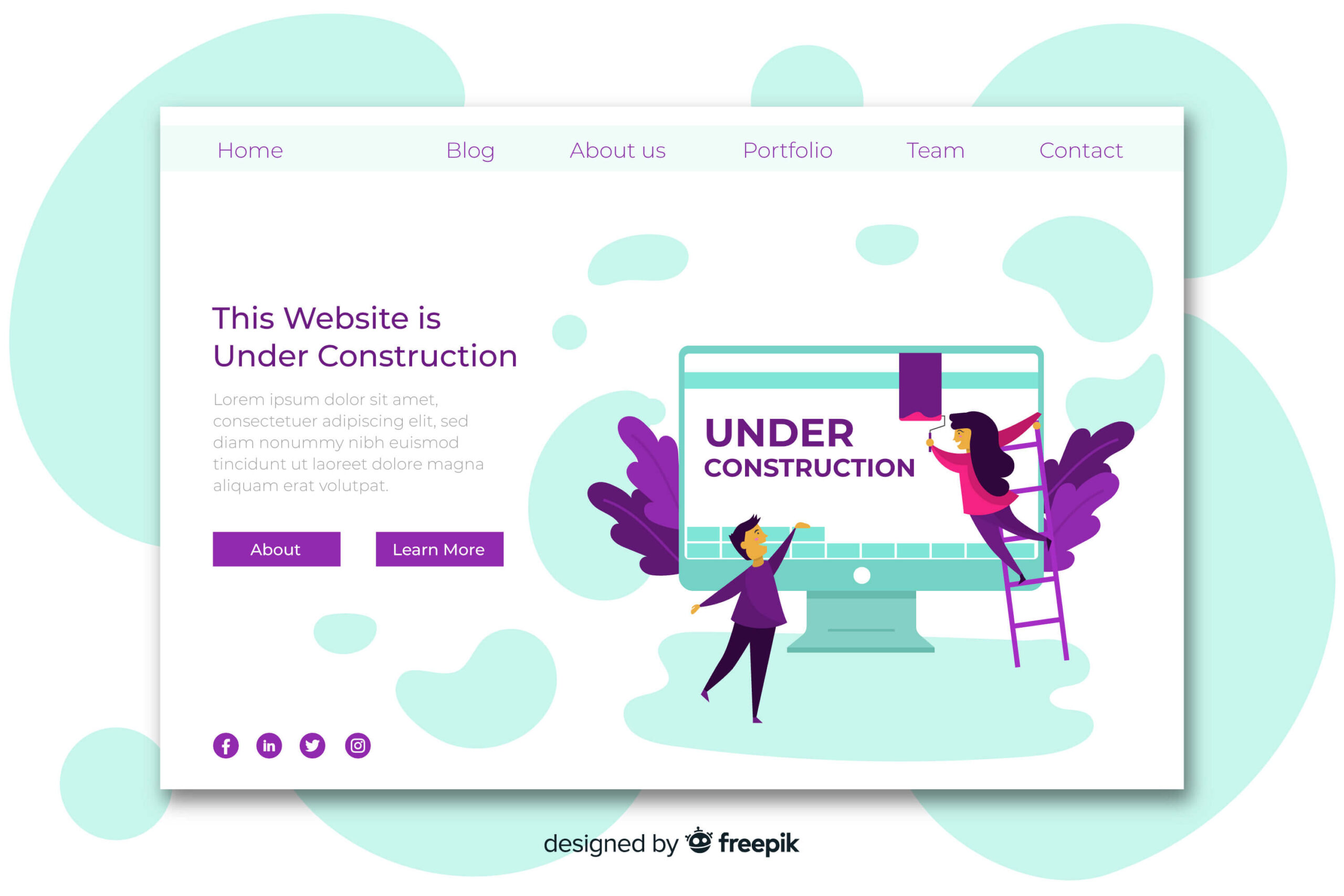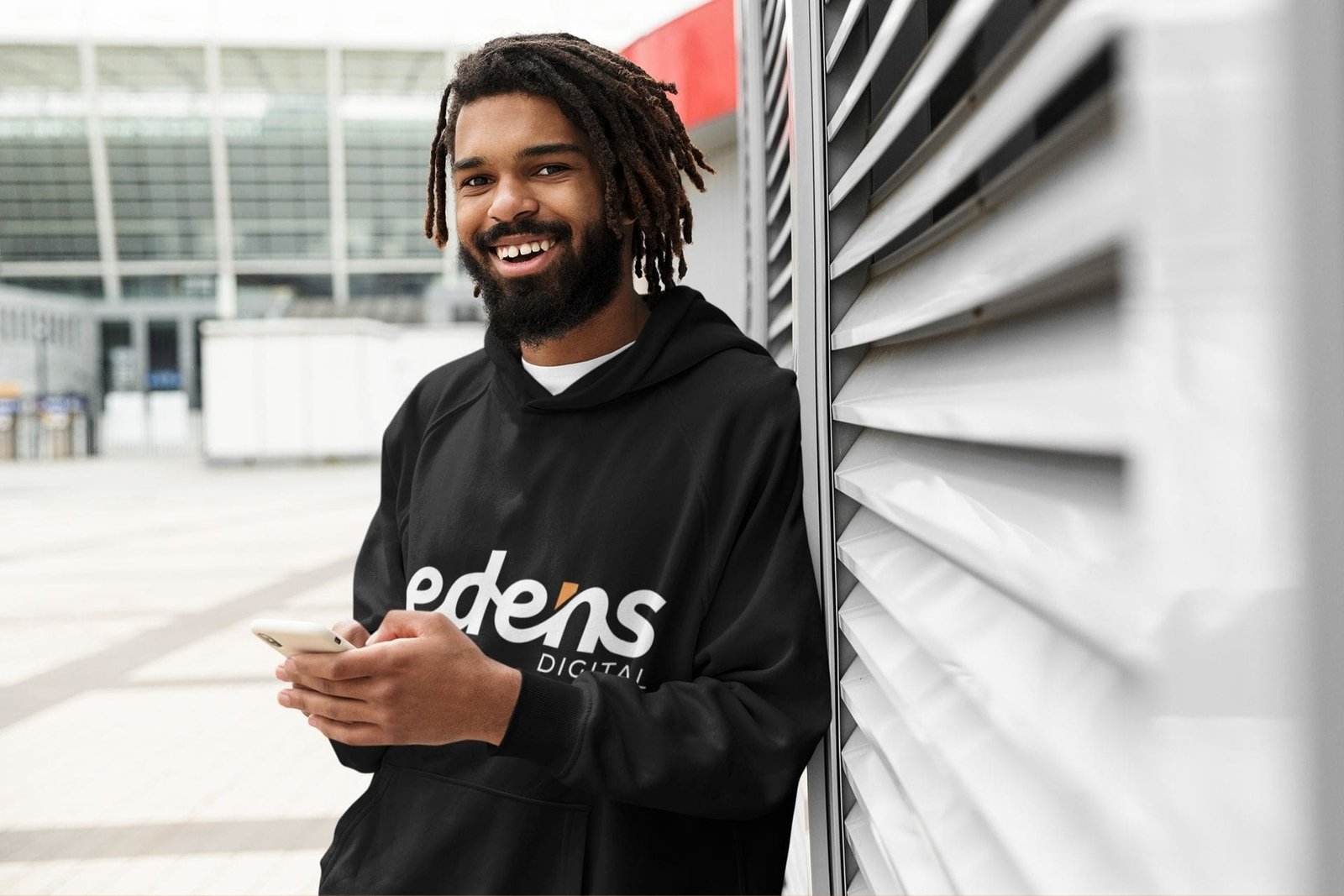The days of a cookie-cutter, generic website experience are fading fast. Today’s consumers crave personalized interactions that demonstrate brands understand their unique needs and preferences. Website personalization is the solution, allowing you to tailor content, offers, and recommendations based on a visitor’s characteristics and behaviour. Done right, it’s the key to not only boosting conversions but also fostering customer loyalty in a competitive online landscape.
What is Website Personalization?
Website personalization is the practice of dynamically tailoring the content, offers, and even the overall design elements of your website to match individual visitor characteristics, preferences, or past behaviours. The goal is to provide a more relevant and engaging experience than a generic, static website that treats everyone identically.
Let’s break it down with a few examples:
- A new visitor from California arrives on your clothing store’s website. You dynamically feature lightweight jackets and summery attire, knowing the climate is relevant to their needs.
- A returning customer who frequently browses your blog’s “Marketing Tips” category sees a pop-up promoting your new marketing ebook.
- Someone using their smartphone to access your website gets a mobile-optimized layout with larger buttons for easy navigation.
These are just a few ways website personalization works. The key takeaway is that personalization technology aims to replace the “one-size-fits-none” approach with a custom-fit online experience.
Types of Website Personalization

Let’s break down the most common – and effective – forms of website personalization:
- Location-Based: Customize content or promotions based on a visitor’s geographic location. This could mean highlighting weather-relevant products, promoting local events, or even displaying content in the user’s native language.
- Behavioural Targeting: Analyze a visitor’s on-site actions, like pages viewed, products added to their cart, or past purchase history, to deliver highly relevant recommendations or content. This is how Amazon’s “You Might Also Like” section works its magic.
- Time-Based: Adjust your website experience based on the time of day or day of the week. Restaurants might highlight lunch specials during typical lunch hours, or an e-commerce store could promote weekend deals on Fridays.
- Device-Specific: Ensure a seamless experience whether someone visits your website on a desktop computer, tablet, or smartphone. This involves responsive design and potentially even streamlining content for mobile users.
- New vs. Returning Visitors: Welcome back repeat customers with a personalized greeting and perhaps even loyalty incentives. For first-time visitors, consider offering a discount or highlighting your best-selling products.
Benefits of Website Personalization
- Increased Conversions: By serving up content that directly aligns with a visitor’s interests, you increase the likelihood of them taking action – whether it’s completing a purchase, filling out a form, or subscribing to your newsletter.
- Improved Customer Experience: Personalization eliminates the frustration of irrelevant content. It demonstrates that you understand your customers, making them feel valued and leading to increased satisfaction.
- Boost Customer Loyalty: Delivering consistently relevant experiences fosters trust and makes visitors more likely to become repeat customers and even brand advocates.
- Competitive Advantage: In a crowded marketplace, personalization helps you stand out. A memorable, tailored experience is harder for competitors to replicate.
How to Implement Website Personalization
- Choose a Tool: The right personalization platform depends on your needs and budget. Popular options range from WordPress plugins like Growmatik to enterprise-level solutions like Optimizely and Adobe Target.
- Start with Basic Data: Begin by leveraging easy-to-collect data points like location, referral source (did they come from an organic search or a social ad?), and device type.
- Define Personalization Goals: What are you aiming to achieve? Increased product sales, more newsletter sign-ups, or reduced cart abandonment? Clarity on your goals will guide your strategy.
- Test and Iterate: Personalization isn’t a set-it-and-forget-it tactic. A/B test different approaches and uses analytics to understand what works best for your specific audience.
Tips for Success
- Transparency is Crucial: Be upfront about how you collect and use visitor data. Allow users to opt out of personalization or customize their preferences, building trust.
- Avoid Being Creepy: Overly aggressive personalization can backfire. Focus on genuine helpfulness without crossing the line into feeling intrusive.
- Personalize Across Channels: Integrate your website personalization efforts with your email marketing, social media ads, and other touchpoints for a cohesive, tailored customer journey.
Conclusion
Website personalization is a transformational strategy, but it requires a thoughtful approach. By understanding your audience, utilizing the right tools, and always prioritizing a positive user experience, you can create tailored online interactions that lead to increased conversions, loyal customers, and a strong competitive edge.
Is your website delivering a one-size-fits-none experience? Let Edens Digital help you implement a personalized approach that drives results. Contact us for a consultation and let’s unlock the power of tailored customer experiences together!





